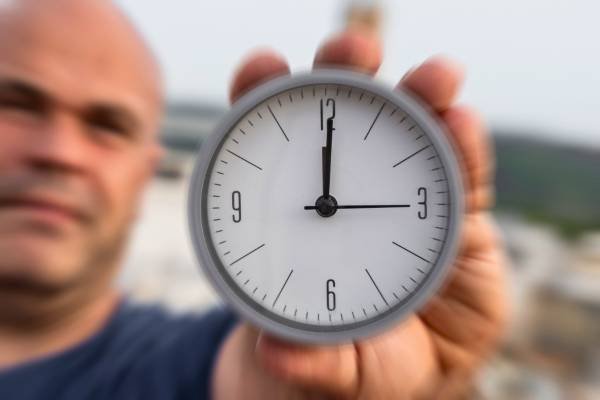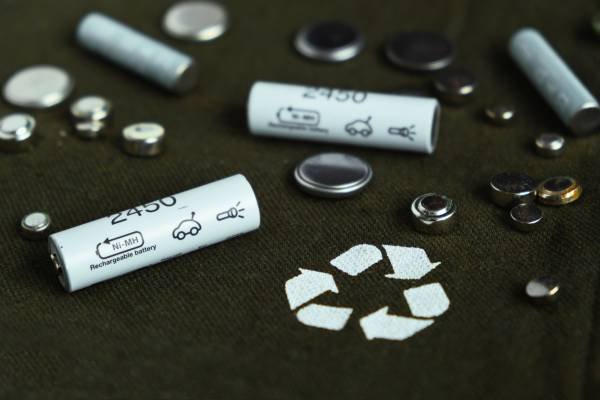Analog clocks have long been a symbol of timeless elegance, but have you ever wondered, “How does an analog clock work?” Understanding the mechanics behind these classic timepieces reveals a fascinating blend of art and engineering. In this article, we’ll explore the inner workings of an analog clock, from the intricate gears to the precise movement of the hands. Whether you’re a horology enthusiast or just curious, this guide will offer valuable insights into how these clocks keep time ticking. Dive in to discover the secrets behind one of the most enduring timekeeping devices in history.
A Step-by-Step Guide: How Does an Analog Clock Work?
- Identify components: dial, hands, gears, and power source.
- Gear Function: Gears control hand movement.
- Escapement Role: regulates timekeeping.
- Power Source: Springs or batteries drive the clock.
- Pendulum influence: affects time accuracy in traditional clocks.
- Hand Movement: Gears move the hour, minute, and second hands.
- Calibrate: Adjust for precise timekeeping.
Key Components of an Analog Clock

An analog clock is composed of key components that work together to keep time accurate. The dial displays the time and serves as the face of the clock. The hands—hour, minute, and sometimes second—move around the dial to indicate time. Gears inside the clock are crucial, as they transfer energy from the power source to the hands, ensuring precise movement. The power source, either a mechanical spring or a battery, drives the entire mechanism. Each component plays a vital role in the clock’s function, working in harmony to keep time ticking smoothly.
The Mechanics Behind Timekeeping
The mechanics behind timekeeping in an analog clock are a fascinating interplay of gears and mechanisms. Gears of varying sizes work together in perfect harmony to drive the clock’s hands, translating energy into precise movements. At the heart of this system is the escapement mechanism, which controls the release of energy, ensuring that the gears move at a consistent pace. This regulated motion allows the hands to measure time accurately, with the escapement creating the familiar ticking sound as it advances the gears. Understanding these mechanics highlights the intricate design that keeps analog clocks running smoothly.
The Power Source: Springs and Batteries

Mechanical clocks rely on tightly wound springs to store and release energy, powering the gears that move the hands. As the spring unwinds, it transfers energy through a series of gears, controlling the clock’s movement with precision. In contrast, modern analog clocks often use batteries as their power source. These batteries send a small electrical current to drive the motor, which then turns the gears and moves the hands. Both power sources—springs and batteries—are essential in maintaining the consistent and accurate timekeeping that makes analog clocks a reliable choice for time measurement.
The Movement: Quartz vs. Mechanical
When exploring “How does a analog clock work?” It’s essential to understand the differences between quartz and mechanical movements. Quartz clocks use a battery-powered oscillator to keep time with exceptional accuracy and minimal maintenance. In contrast, mechanical clocks rely on intricate gears and springs, requiring regular winding and meticulous upkeep. Quartz movements are generally more precise and less prone to drift, while mechanical movements offer traditional craftsmanship and a unique charm. Both types serve their purpose well, but the choice between them depends on whether you value accuracy or the artistry of traditional clockmaking.
The role of the pendulum
The pendulum plays a crucial role in traditional analog clocks by regulating their movement with remarkable precision. Its consistent oscillation, driven by gravity, ensures accurate timekeeping. As the pendulum swings back and forth, it controls the gear mechanism, creating regular, predictable intervals. This pendulum-driven mechanism is essential for maintaining the clock’s accuracy, as it helps divide time into equal segments. By understanding the science behind the pendulum’s motion, you can appreciate how this simple yet ingenious component contributes to the reliable performance of analog clocks.
How The Hands Move

The hands of an analog clock are driven by a series of interconnected gears that work in precise harmony. Each gear is responsible for moving the hour, minute, and second hands at the correct rate. The synchronization of these gears ensures that the clock displays time accurately. For example, one gear’s rotation directly influences another, translating into the smooth, consistent movement of the hands. Proper alignment and synchronization are crucial; any misalignment can cause discrepancies in timekeeping. Understanding this mechanism highlights the complexity behind a seemingly simple analog clock and emphasizes the importance of meticulous gear coordination.
Calibration and Accuracy
Calibrating an analog clock ensures precise timekeeping and optimal accuracy. Start by gently adjusting the time setting using the adjustment knob. Ensure the clock is on a level surface to avoid inaccuracies caused by tilting. Check for any loose components or worn-out parts that might impact performance. Regularly compare the clock’s time to a reliable source and make minor adjustments as needed. Temperature changes and mechanical wear can also affect accuracy, so periodic recalibration is essential. Proper maintenance and timely adjustments help keep your analog clock running accurately and efficiently.
Common Issues and Troubleshooting
Analog clocks can encounter a few common issues, such as hands not moving or time drift. If the hands are stuck, it’s often due to gear misalignment or debris. Gently cleaning and realigning the gears can resolve this. Time drift, where the clock gains or loses time, may be due to temperature changes or mechanical wear. Regularly lubricating the gears and calibrating the clock can help maintain accurate timekeeping. Simple maintenance, like cleaning and periodic checks, ensures your analog clock continues to function smoothly and reliably.
FAQs for “How Does an Analog Clock Work?”
1. What are the main parts of an analog clock?
✅Dial, hands, gears, and a power source (spring or battery).
2. How do gears work in an analog clock?
✅Gears transfer energy to move the clock hands.
3. What is the escapement mechanism?
✅It regulates energy release to keep accurate time.
4. How does a pendulum help with timekeeping?
✅It swings to help regulate the clock’s accuracy.
5. Why might an analog clock run slow or fast?
✅Issues include mechanical wear or misaligned gears. Regular maintenance can help.
Conclusion: The Timeless Appeal of Analog Clocks
In conclusion, analog clocks blend classic design with intricate mechanics, offering a unique charm that digital devices can’t match. Understanding “How does an analog clock work?” reveals a fascinating interplay of gears, escapements, and power sources that keep time in a beautifully analog way. Despite modern advancements, analog clocks remain popular for their elegance and reliability. Their timeless appeal lies in the craftsmanship and simplicity that turn a basic function into an art form. Whether you’re a collector or simply appreciate fine design, analog clocks continue to captivate with their enduring beauty and precision.
